Elbe sediment management
Securing the seaward access to the port in a sustainable way
It is the goal of the Tidal Elbe concept of the Hamburg Port Authority (HPA) and the Federal Waterways and Shipping administration to secure unrestricted access to the Port of Hamburg in the long run. The sustainable approach serves the economy and nature as well as the people in the region. In addition, the consequences of climate change are taken into consideration. Measures has to be taken to achieve a better balance in the hydromorfological situation, where possible in combination with nature improvement. The Kreetsand pilot project is an example of these measures.
This is based on a three-pillar approach:
- Measures in the entrance to dampen the tidal energy.
- Creation of tidal shallow water areas between Glückstadt and Geesthacht.
- Optimalisation of sediment management by taking the whole Elbe system into account.
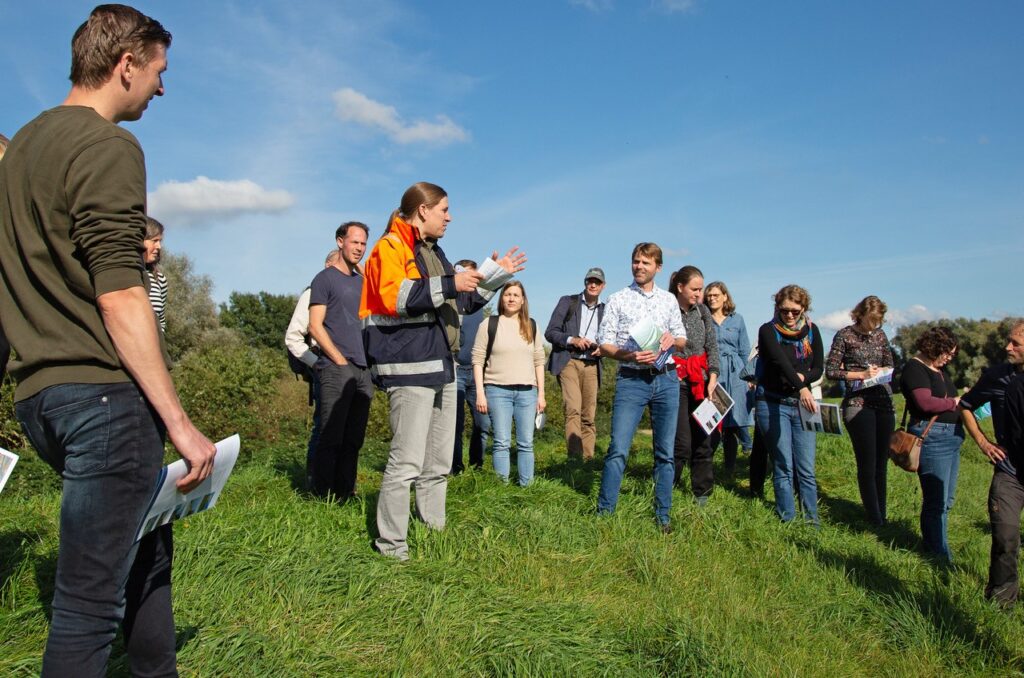
The pilot project Kreetsand in the framework of the Tidal Elbe, will create additional space for the Elbe river on the east side of the Elbe island of Wilhelmsburg.
Kreetsand
coordinates Google Maps: 53.500818 , 10.046161
With the creation of this tidal shallow water area in the region of a former flushing field Spadenlander Busch / Kreetsand, the HPA kicked off the implementation of the second pillar. In addition to the positive influence of hydraulic conditions, the transport of sediment and the creation of a valuable tidal habitat, the plan also involves the gathering insights that will contribute to the planning of additional areas along the Tidal Elbe.
Furthermore, public awareness and knowledge of the complexities of the Tidal Elbe system will be increased.
Midway through the last century, the former flushing field was filled with sand and silt material from maintenance dredging works on the Rive Elbe. For the construction of the shallow water area, a one-sided connection of the area to the Norderelbe has been chosen. This requires the removal of approximately two billion cubic meters of soil material, a quarter of which is contaminated and must therefore be disposed of properly. The aim is to use as much suitable material as possible in other constructions.
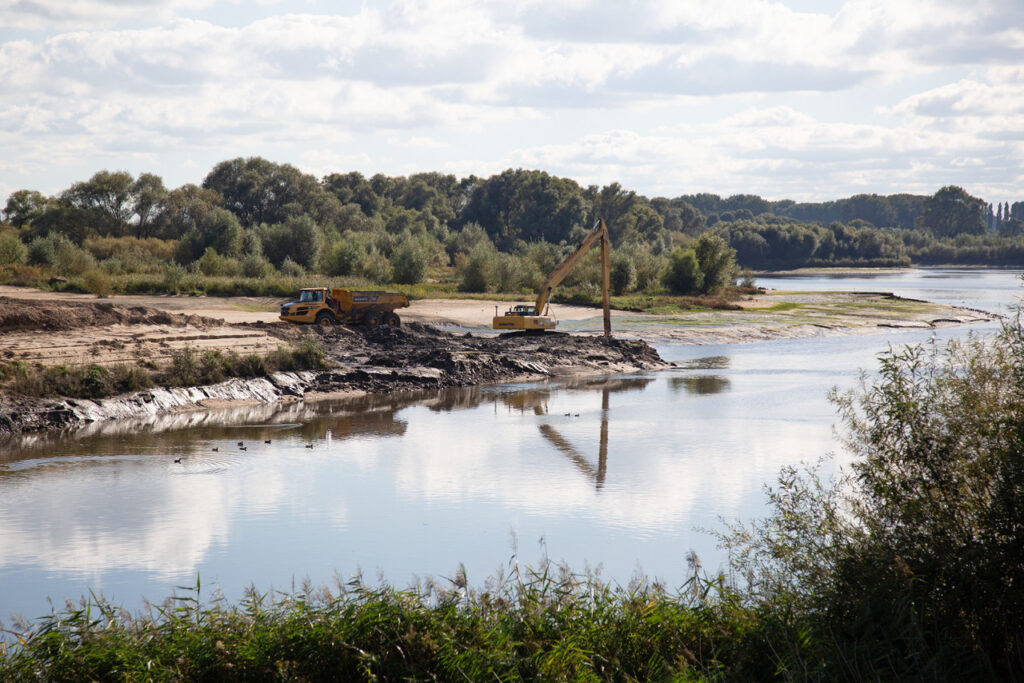
The first 9 ha of the new shallow water area were complete and connected tot the Upper Tidel Elbe by the end of 2015. Completion of the project will depend on the utilization of the removed soil. Upon completion, the area will develop into a valuable habitat, wich will be protected within the network of the Auenlandschaft Upper Tidal Elbe nature conservation area.
The implementation of the integral management plan Elbe estuary (Natura2000) in Kreetsand thus makes an important contribution to the ecological upgrading of the Elbe estuary.
Kreetsand allowed the HPA to implement an important aspect of the integrated management plan for the Elbe estuary (Natura2000) thus making an important contribution to the ecological upgrading of the Elbe estuary.
Knowing more?
- flyer Kreetsand Tidal shallow water area
- Website page Pilot project Kreetsand
Monitoring water and sediment quality
In Hamburg, with its many rivers, canals and lakes, it is particularly important to constantly monitor the water quality. The Institute for Hygiene and Environment (HU) carries out a variety of studies on behalf of the Authority for the Environment, Climate, Energy and Agriculture (BUKEA). Among other things, a water quality measuring network with nine fixed measuring stations provides continuous information on the condition of Hamburg’s rivers.
BUKEA messstation Bunthaus
coordinates Google Maps: 53.461684 , 10.064327
With the creation of this tidal shallow water area in the region of a former flushing field Spadenlander Busch / Kreetsand, the HPA kThe Bunthaus floating measuring station is of great importance for the evaluation of the Elbe water quality. This is where the Elbe reaches Hamburg, where the water quality is measured before it enters the port of Hamburg.
The station is equipped with automatic samplers so that samples are immediately available for detailed laboratory analysis in the event of anomalies. The type of contamination can be determined through the comprehensive analysis, which in turn may lead directly to the cause of the problem.
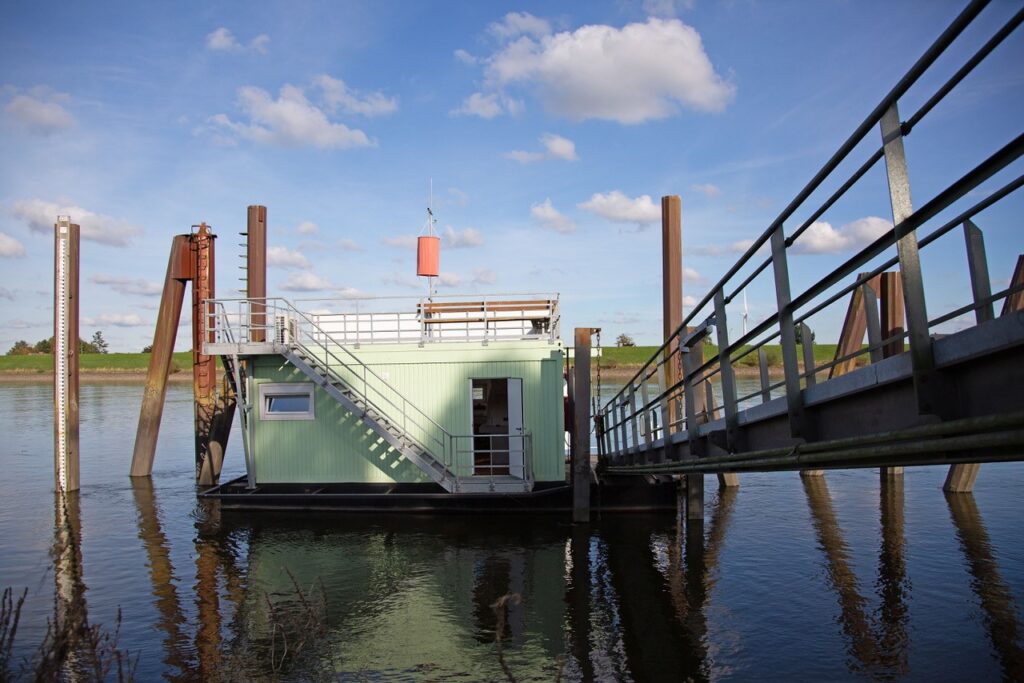
BUKEA messstation Bunthaus 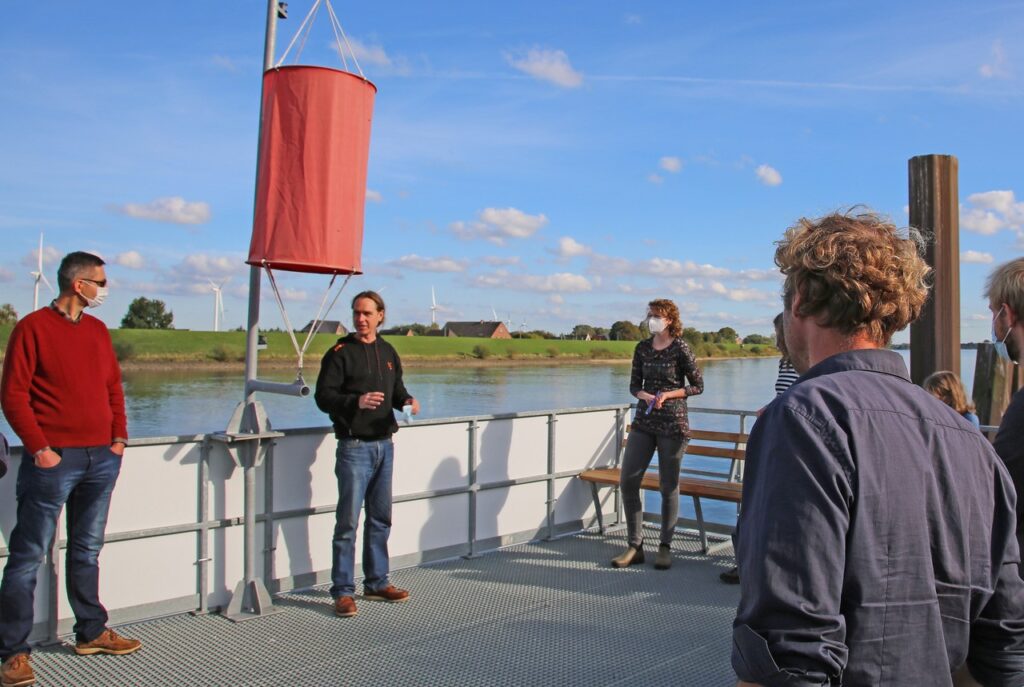
Dipl. Ing. Michael Lechelt explains the working of the monitoring station 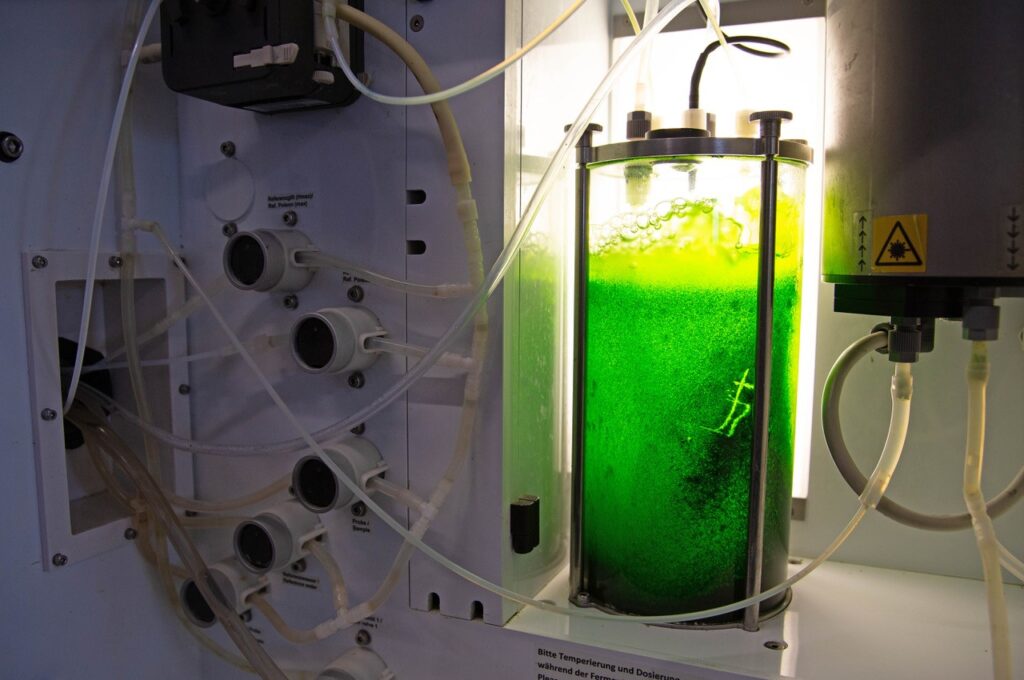
Inside BUKEA messstation Bunthaus
In addition to important data such as water temperature, oxygen content or turbidity, the station also has a modern nutrient monitoring system and a biological early warning system that immediately informs the HU employees about unusual pollution of the water.
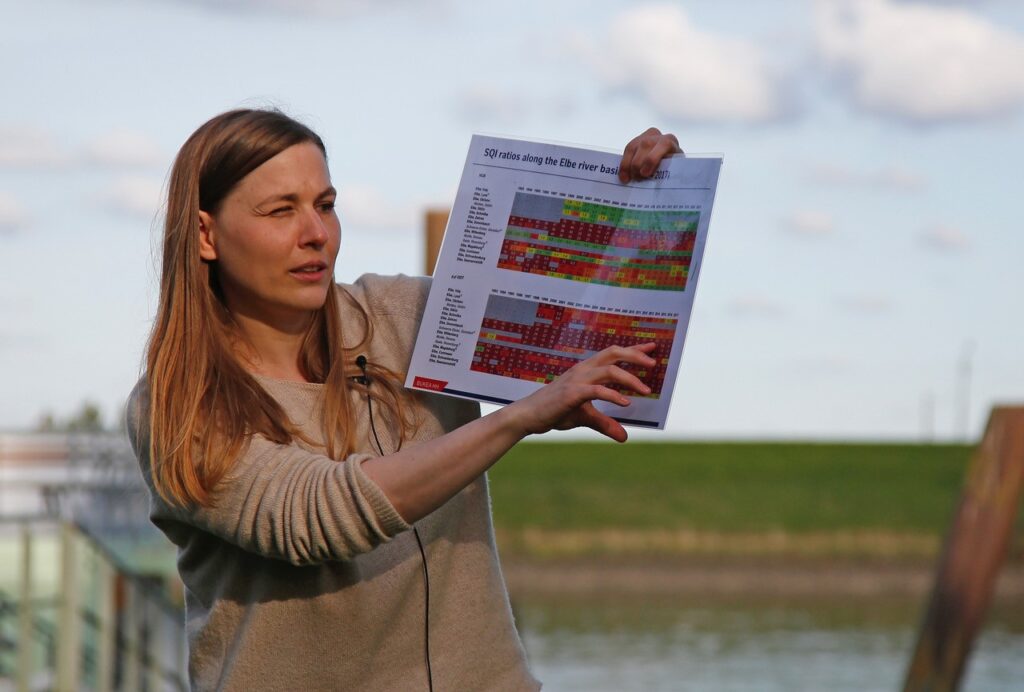
Near the Bunthaus messtation Denise Babitsch (BUKEA) talks about the development of pollution in 30 years (1987-2018).
Even if the pollutants sources are far away (for instance in the Tjech Republic) due to the constant sediment transport the pollutions will ended up in Hamburg and in the North Sea.
The important questions are: Have pollution concentrations developed positively in the environmental context in recent decades? And if so, are these positive developments good enough?
For heavy metals (cadmium, lead, mercury and zinc) you see that from the middle of the year’s 90th the concentrations decrease. The reasons for this are the German reunification and the associated dismantling of industrial installations, the harmful environmental message, the improved production methods and the inventing and implementing of better machines, purification plans and filters.
For the organic pollution HCB you can see the positive effect of the Stockholm convention ban in 2004. For Fluoranthene and DDT the pattern is not so clear. The environmental protection measures of the past decades have had a positive effect and have led to a reduction in pollution concentrations. But we cannot estimate with these figures whether the reason for concentrations is a risk or not.
Therefore the International Commission for the Protection of the Elbe River implemented the Sediment Quality Index (SQI). This shows that DDT is still a huge problem for the Elbe. The Stockholm convention ban in 2004 did not change that. In 2017, an average of 10 of the 28 relevant contaminants exceeded the sediment quality thresholds. So there is still a lot of work to be done. And integrated sediment management is there for imperative.
Knowing more?
Presentation Denise Babitsch Pollutants in Elbe sediments then and now
Theme's
Navigate to another theme


